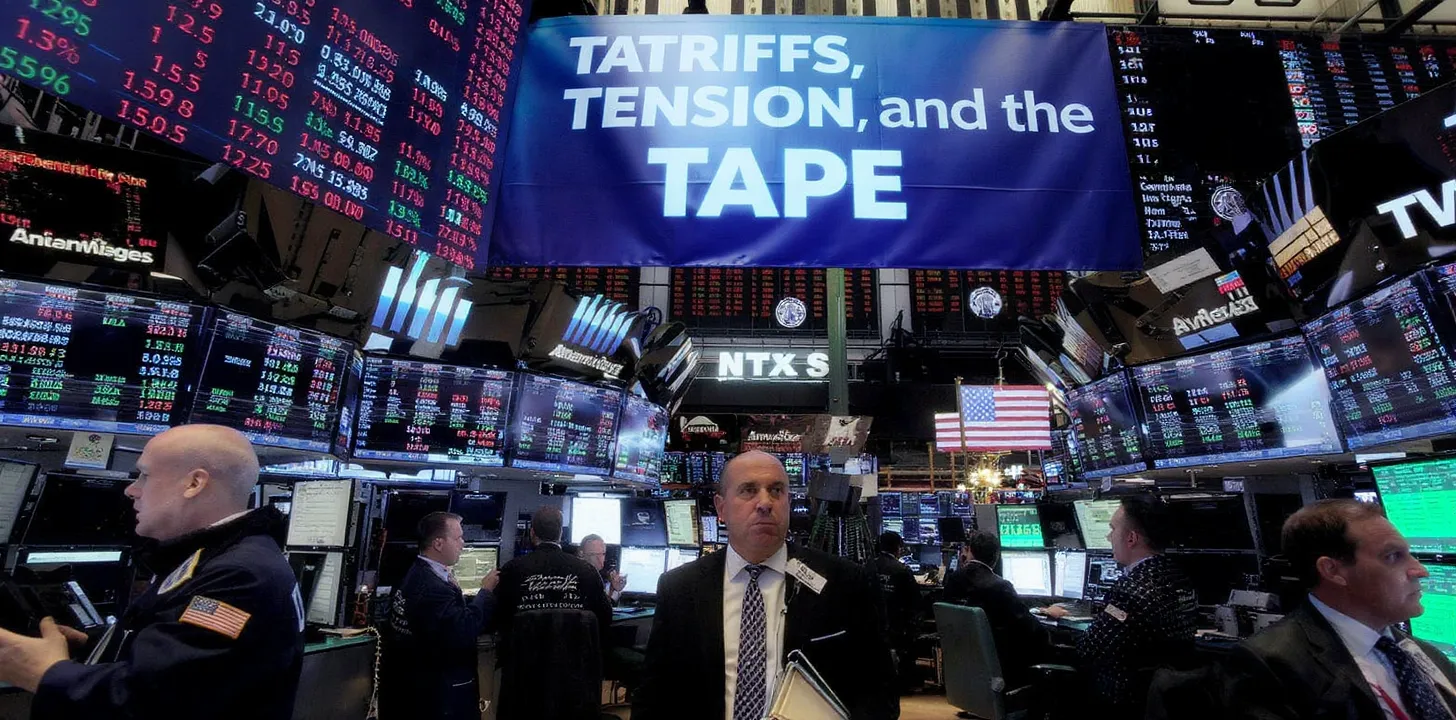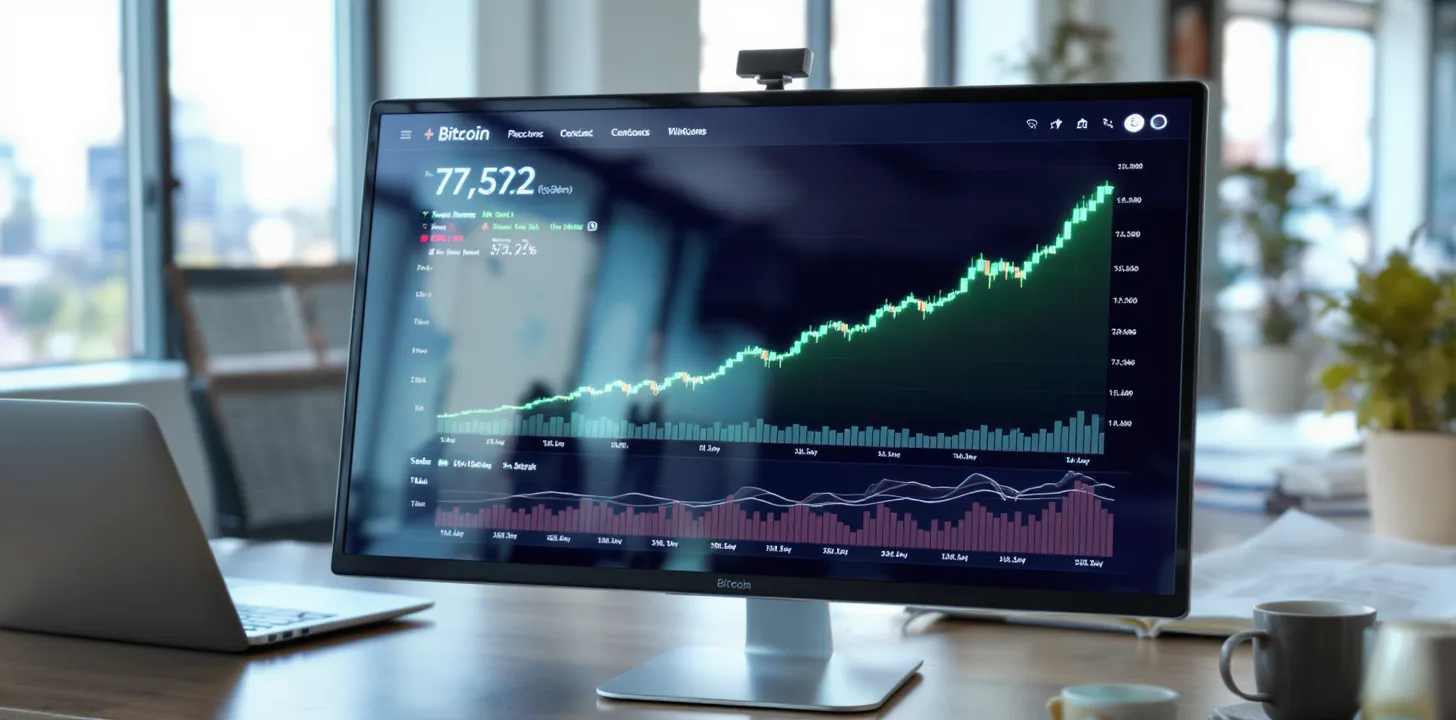How to Use Candlestick Patterns and Technical Indicators to Predict Gold Price Movements
Gold remains one of the most traded assets in financial markets. Traders use a combination of candlestick patterns and technical indicators to anticipate price movements and improve their decision-making. This article explores how these tools can help traders assess directional market moves in gold.
1. Key Candlestick Patterns for Gold Trading
Candlestick patterns provide visual insights into market sentiment. Here are some of the most reliable patterns for gold traders:
a. Bullish Engulfing Pattern
- Occurs after a downtrend.
- A large green candle fully engulfs the previous red candle.
- Suggests strong buying momentum and a potential trend reversal.
b. Bearish Engulfing Pattern
- Appears at the end of an uptrend.
- A large red candle engulfs the previous green candle.
- Indicates that sellers are gaining control, signaling a downward move.
c. Hammer and Inverted Hammer
- The Hammer forms after a downtrend, featuring a small body with a long lower wick, signaling potential reversal.
- The Inverted Hammer appears in similar conditions but has a long upper wick, indicating resistance but possible buying pressure.
d. Doji Patterns
- The Doji suggests indecision in the market.
- If it appears after a strong move, it could signal a trend reversal.
2. Using Technical Indicators to Confirm Market Direction
While candlestick patterns indicate potential moves, technical indicators confirm them. Here are some essential indicators for gold trading:
a. Moving Averages (MA)
- 50-day and 200-day MAs help identify trends.
- A Golden Cross (50-day MA crossing above the 200-day MA) is bullish.
- A Death Cross (50-day MA crossing below the 200-day MA) is bearish.
b. Relative Strength Index (RSI)
- RSI above 70 signals overbought conditions, indicating a potential pullback.
- RSI below 30 suggests oversold conditions, hinting at a potential price bounce.
c. Bollinger Bands
- When price touches the upper band, it may indicate overbought conditions.
- When price hits the lower band, it signals oversold conditions.
- Gold traders often use this for mean reversion strategies.
d. MACD (Moving Average Convergence Divergence)
- A bullish crossover (MACD line crossing above the signal line) suggests an uptrend.
- A bearish crossover indicates downward momentum.
3. Combining Candlesticks and Indicators for Trade Decisions
Example 1: A Bullish Engulfing pattern near a key support level and an RSI below 30 could indicate a strong buying opportunity.
Example 2: A Bearish Engulfing pattern with a MACD bearish crossover could signal an upcoming price drop.
Final Thoughts
Using candlestick patterns alongside technical indicators enhances gold trading accuracy. Always confirm a pattern with an indicator before making a trade to reduce false signals and improve success rates.



